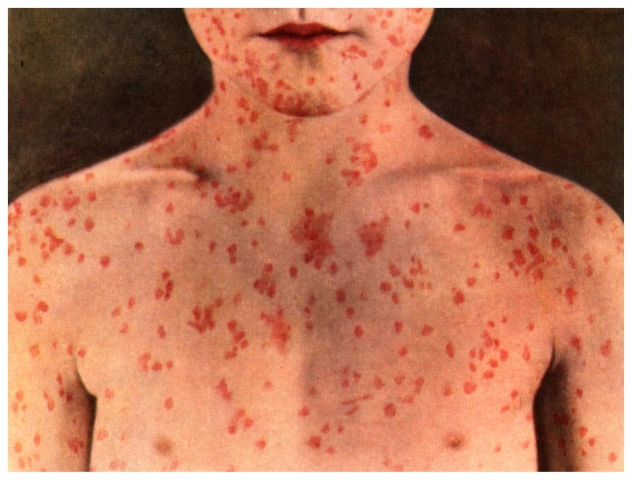Interior Health closely monitoring outbreak of measles in Fraser Valley
Although no cases have been reported in the region, Interior Health is closely monitoring the recent outbreak of measles in the Fraser Valley and Lower Mainland, asking the public to be aware of the symptoms associated with the disease.
“We’re monitoring the situation in the Fraser Valley and provincially for any signs of the spread or transmission of the disease,” IH Medical Health Officer Sue Pollock told The Nelson Daily Monday.
“We are in contact with our healthcare professionals — including physicians and public health team to make them aware and keep them apprised of what’s happening and ensure physicians are alert to the signs of measles.”
“And we’re encouraging the public to think if they have measles . . . if they have fever, cough or runny nose along with that rash, to call ahead and see their physician,” Dr. Pollock added.
Dr. Pollock said to date there are no confirmed cases of measles in Interior Health, which stretches from the Alberta border through the Kootenay/Boundary and into the Okanagan.
However, now that many schools are on break, there is a concern the disease could spread.
“We have not yet seen any confirmed cases of measles in Interior Health (region) but there is a concern that we will see the spread from the Fraser Valley,” Dr. Pollock said.
“Right now with Spring Break happening, and children and their families travelling across the province, there is that possibility of the disease spreading into Interior Health.”
Symptoms of measles, which include a high fever, runny nose, cough, drowsiness, irritability and red eyes, may develop between seven to 21 days after being exposed to an infected person.
People infected can spread the disease by touch or through the air when a person breathes, coughs, or sneezes.
After the start of the symptoms, a red blotchy rash will begin to appear on the face between three to seven days.
The rash then spreads down the body to the arms and legs and can last four to seven days. Symptoms generally last from one to two weeks.
Dr. Pollock said the best way to guard against measles is two doses of vaccine.
“We’re encouraging the public to check their immunization status,” she said.
“Individuals born after 1970 are eligible for the two-dose needle vaccination. So individuals can check their own immunization records to see if they’ve had two doses. And if they have not they can call their local public health unit to come in and get them brought up to date.”
Dr. Pollock said IH does not consider the public born before 1970 a risk because they’ve likely been exposed or had the measles virus.
The exception is healthcare workers who IH sees as higher risk.
So Dr. Pollock advises anyone who thinks they have measles, call ahead to their physician.
But only after warning them that they are coming to guard against the infection spreading to other patients.

























Comments